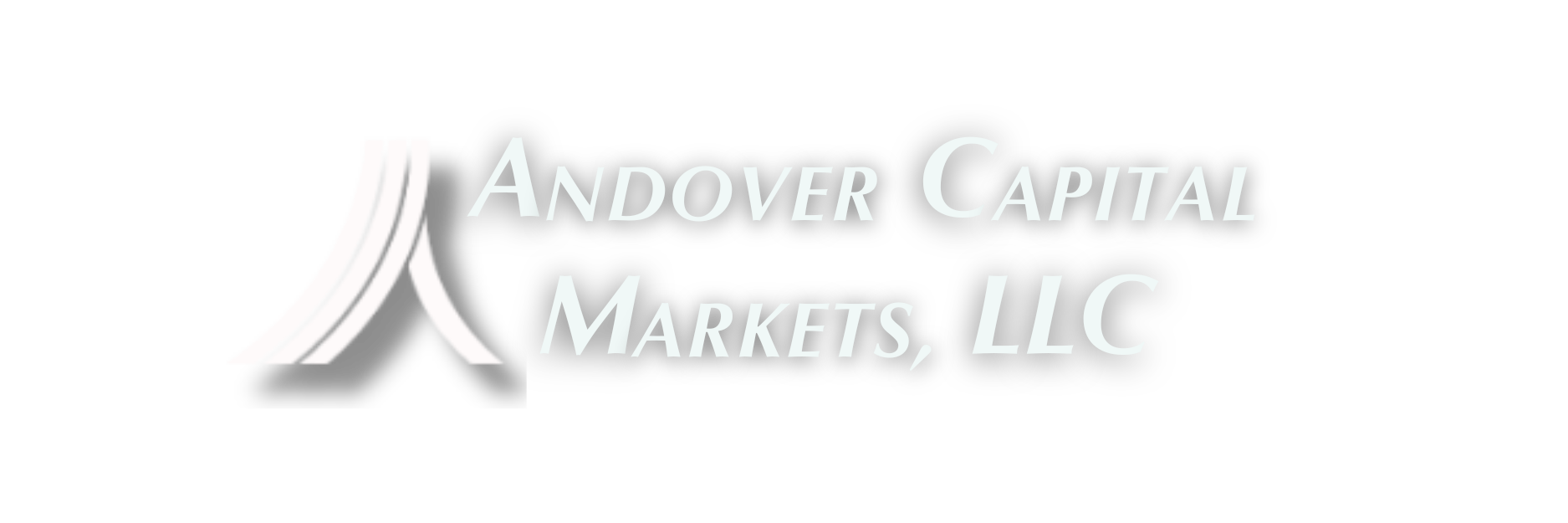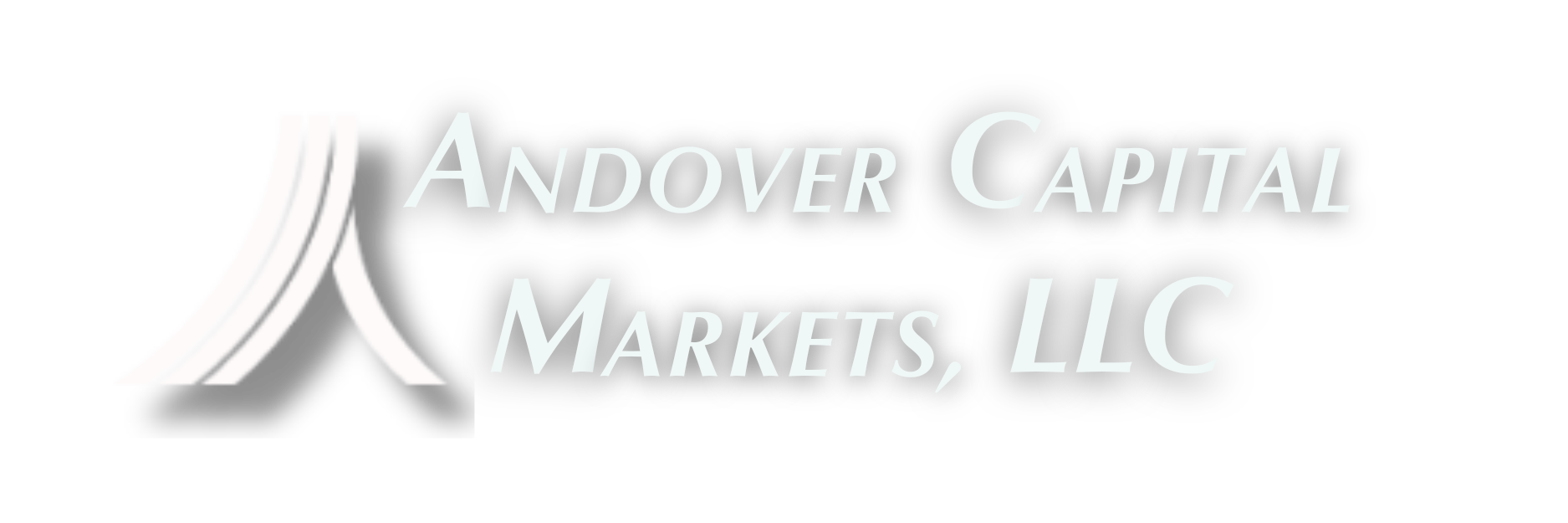CMBS Loan For Commercial Real Estate
What Is A CMBS Loan?
A CMBS loan (Commercial Mortgage-Backed Security), also called a Conduit Loan, is a form of commercial real estate financing backed by a first-lien mortgage on income-producing properties such as office buildings, shopping centers, or apartment complexes. These loans are grouped together, securitized, and sold to investors as bonds, providing fixed interest rates, higher leverage, and often non-recourse terms.
Understanding Securitization
Securitization involves bundling multiple CMBS loans and selling them to investors. Most lenders complete three to eight securitizations each year, depending on their size and the types of loans they issue.
This process benefits both lenders and investors. It allows banks to issue more loans while giving investors early access to the commercial real estate market.
CMBS Loan Underwriting Guidelines
CMBS loans are a favored financing option among commercial real estate investors due to their flexible underwriting standards. Unlike traditional bank loans, these loans are accessible to many CRE buyers even if they don’t meet conventional liquidity and net worth criteria.
Two key underwriting factors guide conduit loans:
- Debt Service Coverage Ratio (DSCR) – This measures net operating income (NOI) relative to annual debt payments. The lender determines the DSCR based on the property’s risk level. For instance, CMBS lenders typically consider office buildings to be less risky compared to vacant land.
- Loan-to-Value Ratio (LTV) – This represents the loan amount as a percentage of the property’s appraised value, which is assessed by an independent third party. A higher LTV suggests greater risk for the lender, and CMBS loans generally cap LTV at 75%.
Both of these metrics, along with the debt yield (NOI divided by loan amount, usually at least 7%), help lenders determine how much financing they can offer. Borrowers are typically required to maintain equity of 30-40%, post-closing liquidity of at least 5% of the total loan amount, and a net worth equal to at least 25% of the loan. Additional factors, such as expense ratios and market vacancies, also influence the underwriting process.

